News |
ARMENIAN TATTOOED WOMAN CAPTURED IN HAREM
21.06.2019
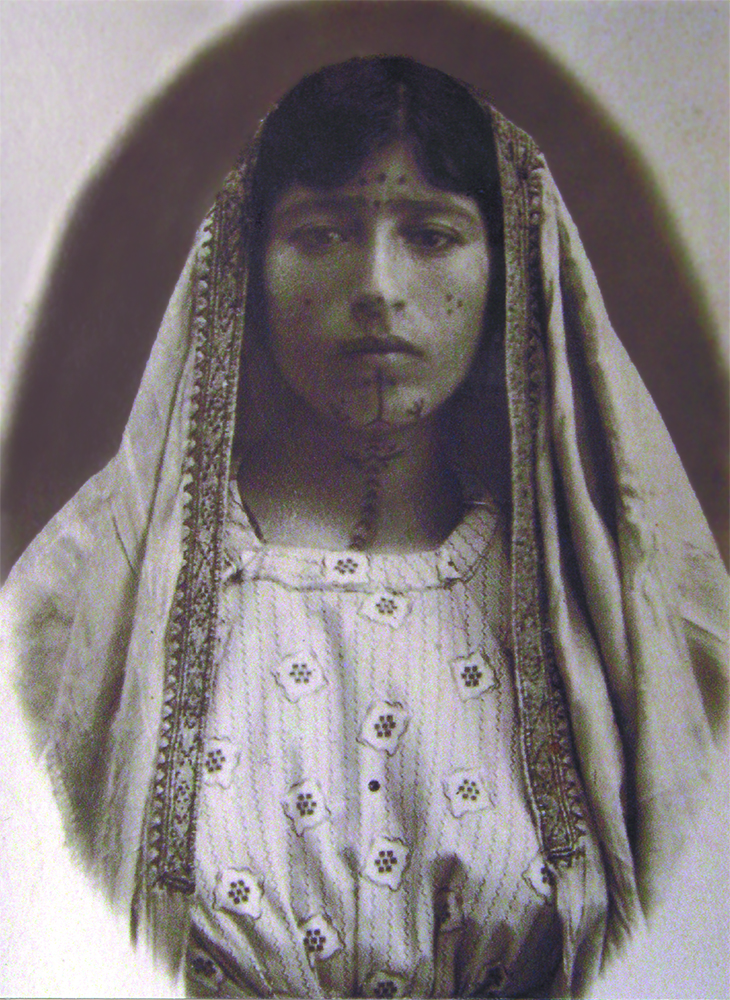 17 years old Lutfieh Bilemjian from Aintab is in the photo. She was deported to Der el-Zor along with her parents and two brothers. Lutfieh's mother died while protecting her children. Her father and younger brother were killed, and the older brother disappeared. Lutfieh became a property of a Chechen. The latter sold her to a Kurd, and he handed the girl to Mahmoud pasha, a wealthy Turk, in whose house she stayed for 11 years.
17 years old Lutfieh Bilemjian from Aintab is in the photo. She was deported to Der el-Zor along with her parents and two brothers. Lutfieh's mother died while protecting her children. Her father and younger brother were killed, and the older brother disappeared. Lutfieh became a property of a Chechen. The latter sold her to a Kurd, and he handed the girl to Mahmoud pasha, a wealthy Turk, in whose house she stayed for 11 years.
Many Armenian women were subjected to inhuman sexual violence, and sold into slavery during the Armenian Genocide. Turks, Kurds and Arabs often kidnapped beautiful Armenian women and girls along the deportation road during night stops. Women, who had been forcibly converted to Islam, were given new Turkish names. Sometimes, according to their local tribal customs, tattoos were made on their faces and bodies. In Near East and Islamic countries tattoos were widely used as a talisman and protection: they often were in shape of dots or crosses, indicating tribal and religious belonging of women and changes occurred in their lives.
Till 1928 in cooperation with Arab tribal leaders a delegate of the League of Nations, Danish missionary Karen Jeppe succeeded in rescuing around 2000 Armenian women from Islamic slavery. Thanks to her efforts Lutfieh was also rescued on May 18, 1926.
“November 27, 1916,
Slave markets…
In the track of the Armenians, as they were driven along, female slave markets were established. The price of an Armenian girl from 12 to 14 years of age was from 8 to 23 francs. The writer saw such a market in Damascus.
… The so-called intellectual leaders of the Moslem world, the Hojas, Ulemas, Padis, and Muftis, were not slow to avail themselves of the opportunities that these markets offered”.
French military attaché in London Colonel de La Panus
To Commander in Chief of the French Army General Zhofri
Arthur Peyleryan, “Great Powers, Ottoman Empire and Armenians in French Archives (1914-1918)” (Armenian edition), vol. I, p. 395.
Photo: League of Nations Archives, Geneva
|
|
DONATE |
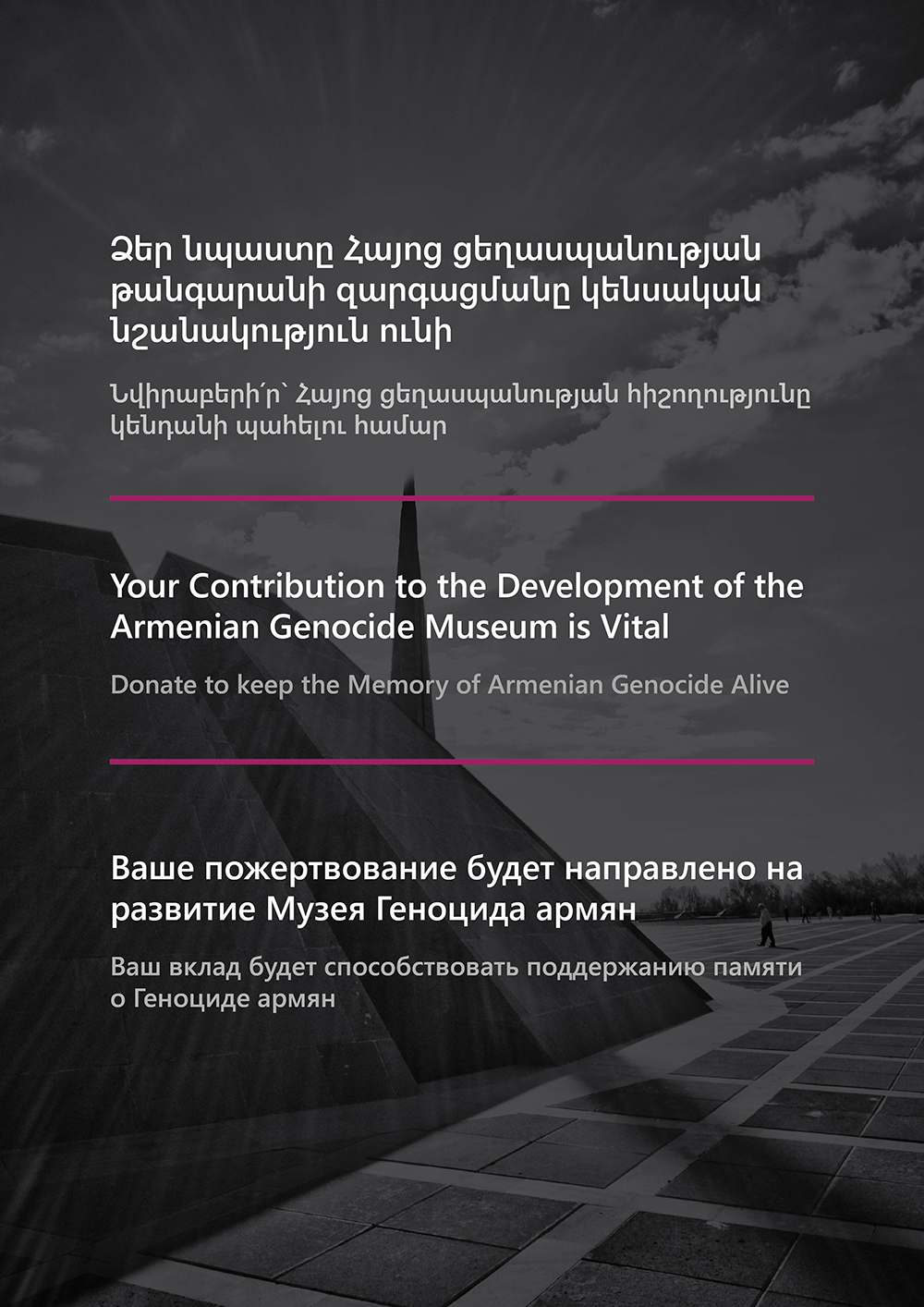
TO KEEP THE MEMORY OF THE ARMENIAN GENOCIDE ALIVE
Special Projects Implemented by the Armenian Genocide Museum-Institute Foundation
|
COPYRIGHT |

|
AGMI BOOKSTORE |
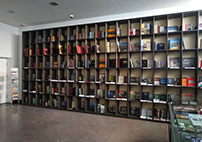
The Armenian Genocide Museum-Institute’s “World of Books”
|
TESTIMONIAL OF ARMENIAN GENOCIDE SURVIVORS |
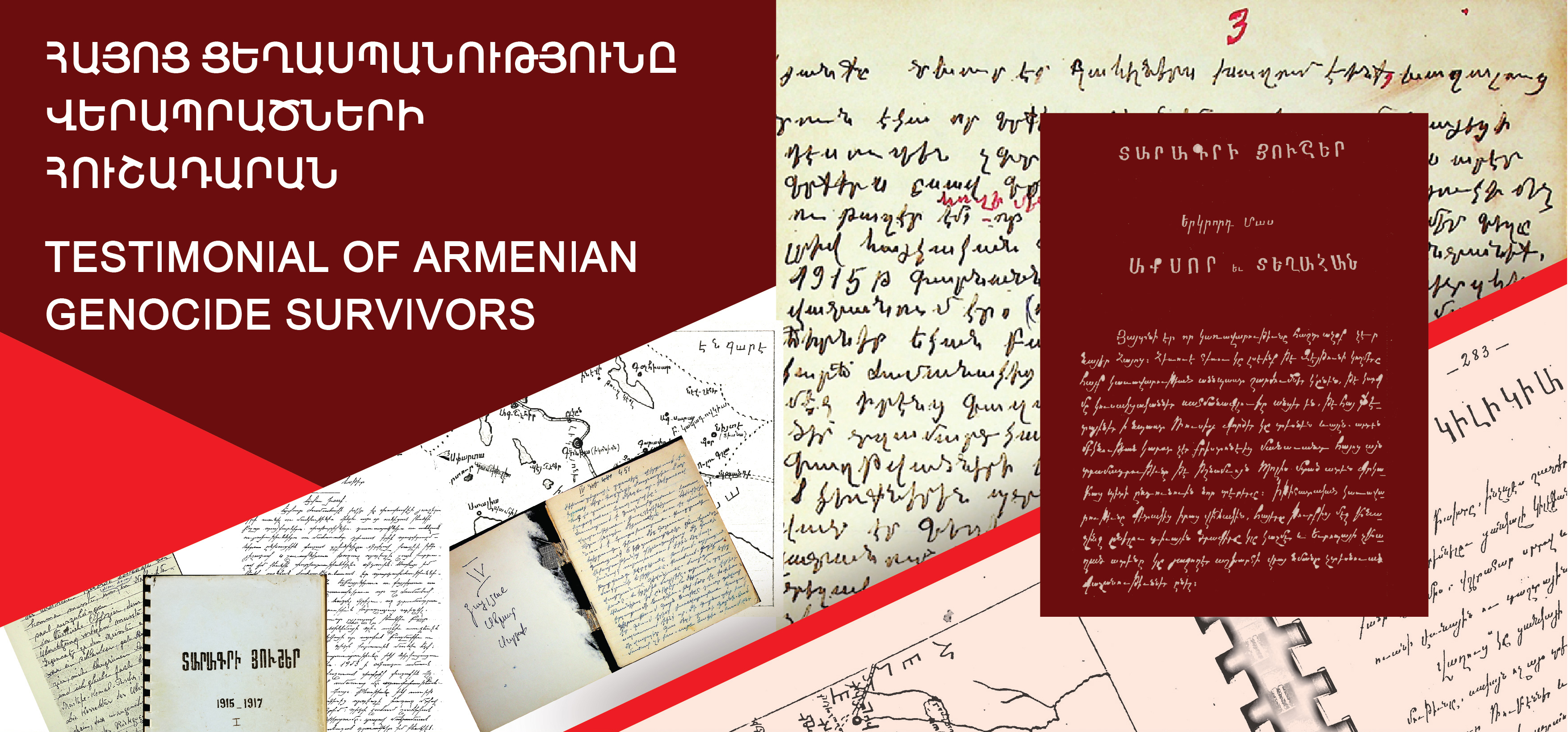
THE AGMI COLLECTION OF UNPUBLISHED MEMOIRS
|
ONLINE EXHIBITION |
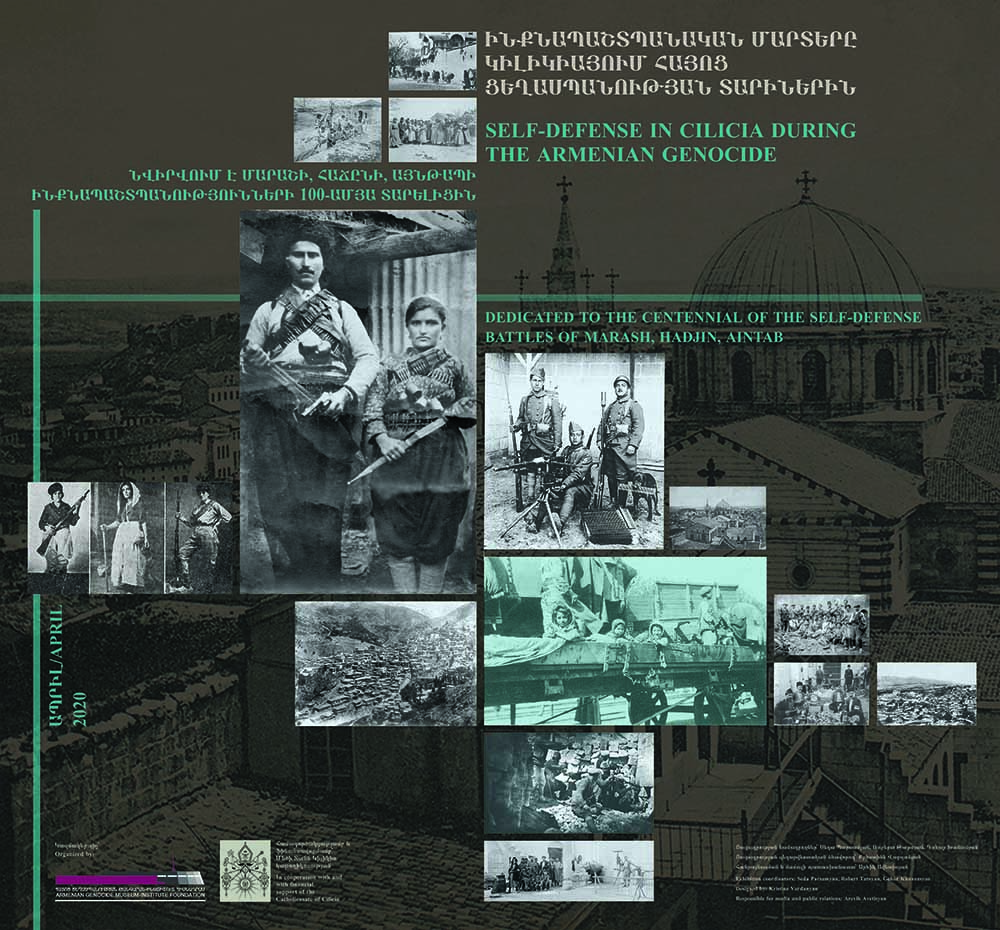
SELF-DEFENSE IN CILICIA DURING THE ARMENIAN GENOCIDE
DEDICATED TO THE CENTENNIAL OF THE SELF-DEFENSE BATTLES OF MARASH, HADJIN, AINTAB
|
LEMKIN SCHOLARSHIP |
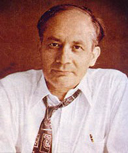
AGMI ANNOUNCES 2024
LEMKIN SCHOLARSHIP FOR FOREIGN STUDENTS
|
TRANSFER YOUR MEMORY |
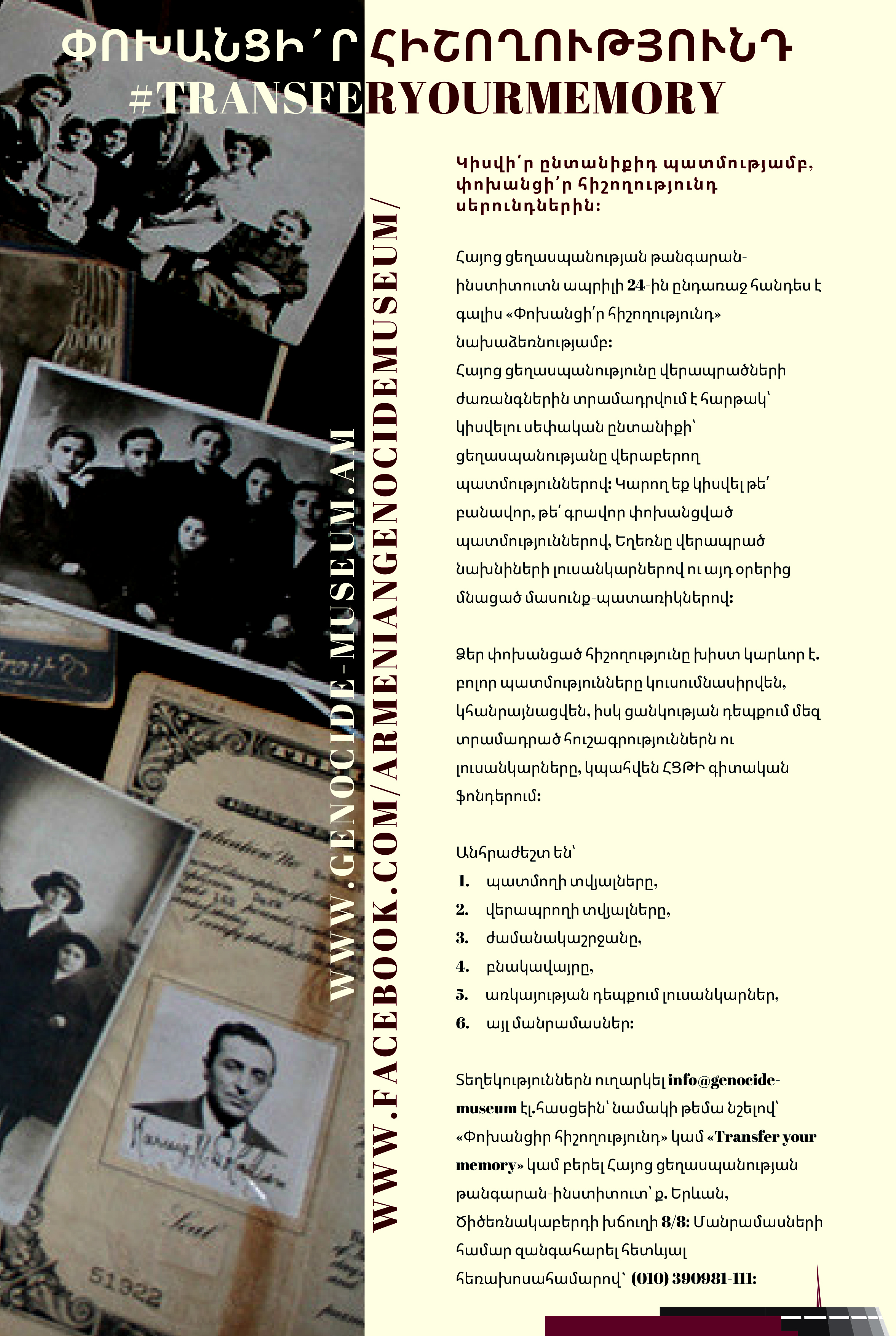
Share your family story,
Transfer your memory to generations.
On the eve of April 24, the Armenian Genocide Museum-Institute undertakes an initiative “transfer your memory”.
|
|





